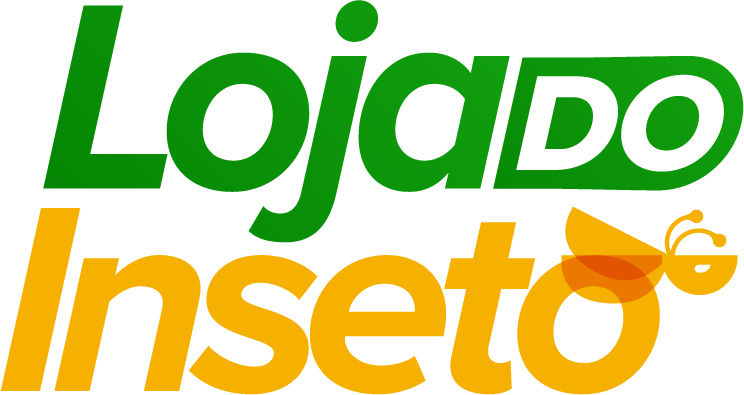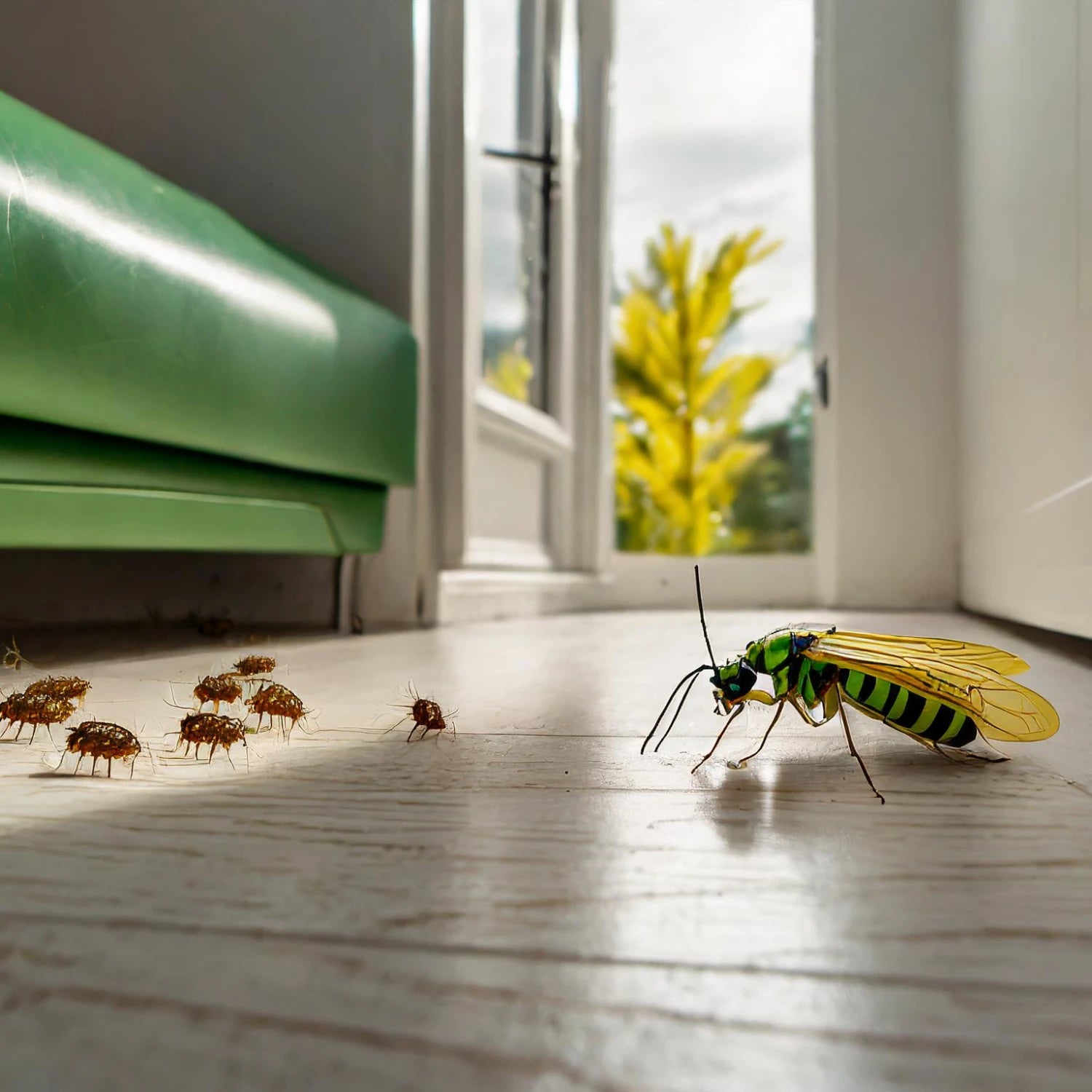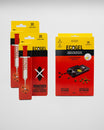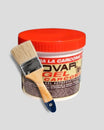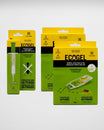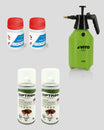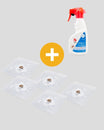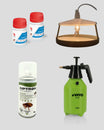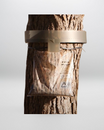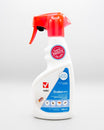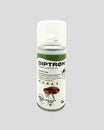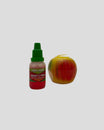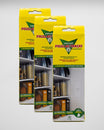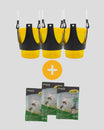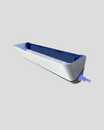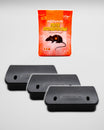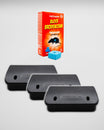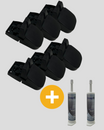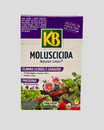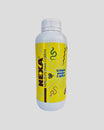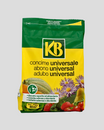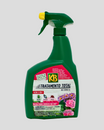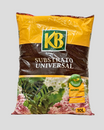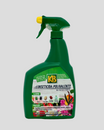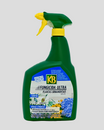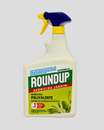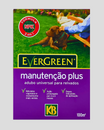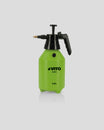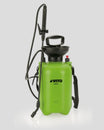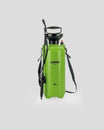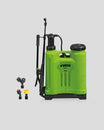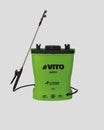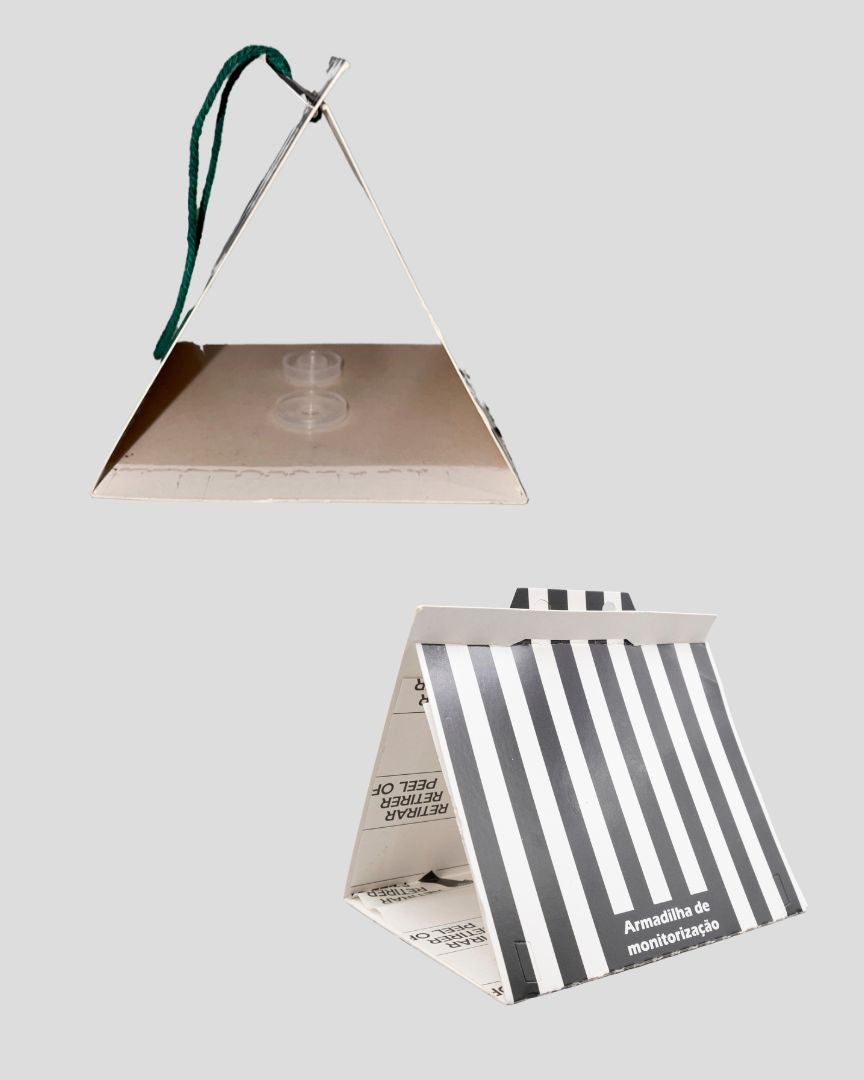“Moth” is a generic term for two types of insects that we find around the house. Book moths are part of the order Zygentoma (formerly one of the subclass Thysanura ) and clothes moths are part of the order Lepidoptera . Although both have characteristics in common, such as a preference for damp and dark places, there are some differences between the two moth species.
What is the difference between moth and butterfly?
Both butterflies and moths have three pairs of legs and the body is divided into three parts: head, thorax and abdomen. They have a skeleton made of chitin that surrounds and protects the body from the outside and differs from other insects in the way their skeleton covers their wings. In clothes moths and butterflies, the surface of the wings is covered with scales.
When we look at the biology, there are numerous differences between butterflies and moths. However, there are some tips to distinguish them. The butterfly has diurnal habits and its antennae are short with a rounded shape at the tip. Moths, in general, are larger, have longer antennae, and are nocturnal. But that's not all. The wings of moths are horizontal to the body, while those of butterflies are vertical.
What species of moth are there?
👚 Clothes moth
This little bug belongs to the same class as butterflies: lepidoptera. This moth is about 6 mm long, has thick antennae, wings and scales all over its body. The main source of food for the clothes moth is keratin, which is found in most animal-derived fabrics such as wool, leather, and cotton. Clothes moths can also feed on human hair, feathers and dust accumulated in the environment. This moth lives in furniture or wall crevices, and is likely to be found inside clothes closets.
📖 Book moth
Book moths don't have wings. They are gray, long and flattened, with antennae at the ends, which is why they are known as the “silver bug”. The silver bug feeds on starch and cellulose, a substance found in wallpaper glue, starched clothes and the fabric of curtains and sheets. This pest of moths eats entire books, taking advantage of the paper, ink pigment and binding glue. The perfect habitat? Libraries, museums and offices.
🥣 Cereal moths
Some species of the Lepidoptera class reproduce in the midst of cereals such as corn, rice and wheat. These environments reconcile the ideal conditions for these moths, both in terms of air temperature and humidity, and ease of feeding.
Where do moths come from?
Moths enter the home mainly through open windows and doors, especially at night, as they are attracted to lights. They often move clinging to pieces of clothing. Indoors, clothes moths choose darker, quieter areas where they can find clothes and other textiles. Moths hide under beds, inside closets, near bird nests (on roofs and houses, for example) and, in the case of the silver bug, in any damp area in the house.
Does moth infestation pose health risks?
Moths are not harmful to health, but they can cause material damage, especially clothes moths and book moths. There is no record of disease transmission by this insect, which can be considered one of the most harmless urban pests .
What damage do moths do?
Clothes moth larvae cause irregularly shaped holes and holes in clothing, particularly animal materials such as feathers, wool and leather. This damage can continue for many weeks after the caterpillars hatch. Sometimes we think that a moth is not a cause for concern, but if you notice some kind of material damage, it is possible that you are facing a plague of this insect. Discover here the best way to avoid and eliminate this urban plague.
